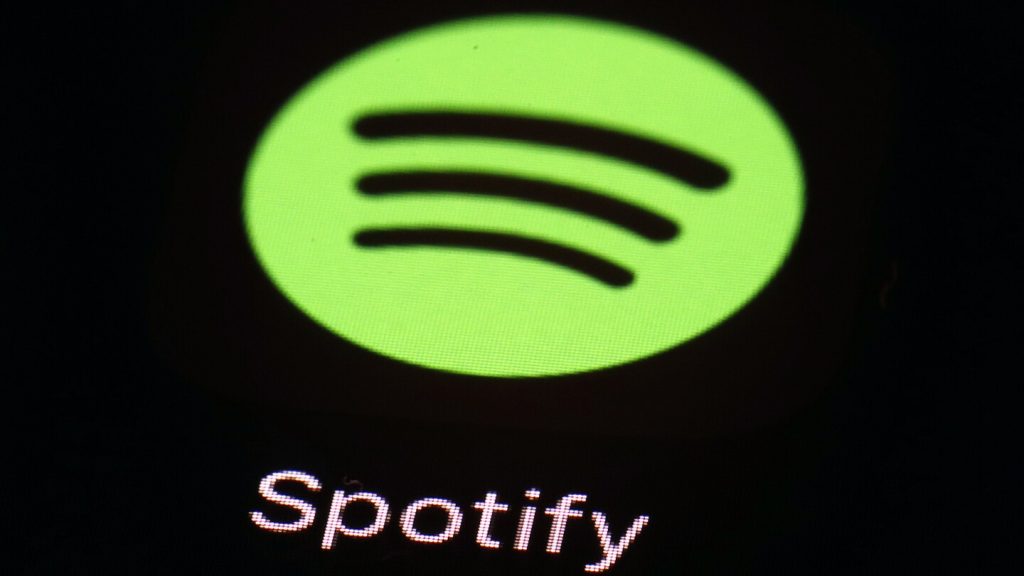With the rise of streaming services like Spotify, the music industry has seen a significant shift in how artists are compensated for their work. Streaming now accounts for the majority of revenue in the music industry, with Spotify being the largest platform, holding a 31% market share with millions of users worldwide. But how exactly do artists get paid through platforms like Spotify? The money generated from streams is distributed to rights holders, such as record labels, distributors, and aggregators, who then pay their artists based on existing contracts.
The process of payment to rights holders is determined by a system called streamshare, where a percentage of subscription dollars collected by the platform is paid out based on the number of streams a particular rights holder receives in a given month. This system has been criticized for benefitting major labels and artists with a large market share, leading to calls for a shift to a user-centric model where royalties are paid directly to the rights holders based on user streaming habits. This would ensure that artists receive fair compensation based on their individual streams.
While there is a popular metric that suggests artists make between $0.003 and $0.005 per stream, the reality is more complex. Artists do not receive direct payment from streaming platforms like Spotify, and the per stream rate can vary based on a number of factors. Some artists have voiced concerns about the current model not providing enough income to sustain a living solely from streams, especially for those who do not generate massive amounts of streams like major label artists. This has led to calls for changes to the way streaming royalties are paid, including proposals for a new royalty system that ensures artists receive a minimum of one cent per stream.
In efforts to drive revenue towards emerging and professional artists, Spotify has made changes to its payment structure, including eliminating payments for songs with less than 1,000 annual streams. This has sparked debate about the impact on smaller artists who may struggle to meet the minimum threshold for receiving royalties. Additionally, changes such as the inclusion of audiobooks in premium subscriptions have raised concerns about lower royalty rates for songwriters, leading to calls for fair compensation for artists across the board.
In response to these ongoing discussions, politicians like U.S. Reps. Rashida Tlaib and Jamaal Bowman have introduced the Living Wage for Musicians Act, which proposes a new streaming royalty system that would ensure artists receive at least one cent per stream. The bill aims to address the current shortcomings of the streaming model and provide fair compensation to artists without fundamentally altering how the system works. While there are differing opinions on the best way to improve streaming royalties, the overarching goal is to maximize revenue for artists and rights holders while also ensuring a sustainable model for the music industry as a whole.


